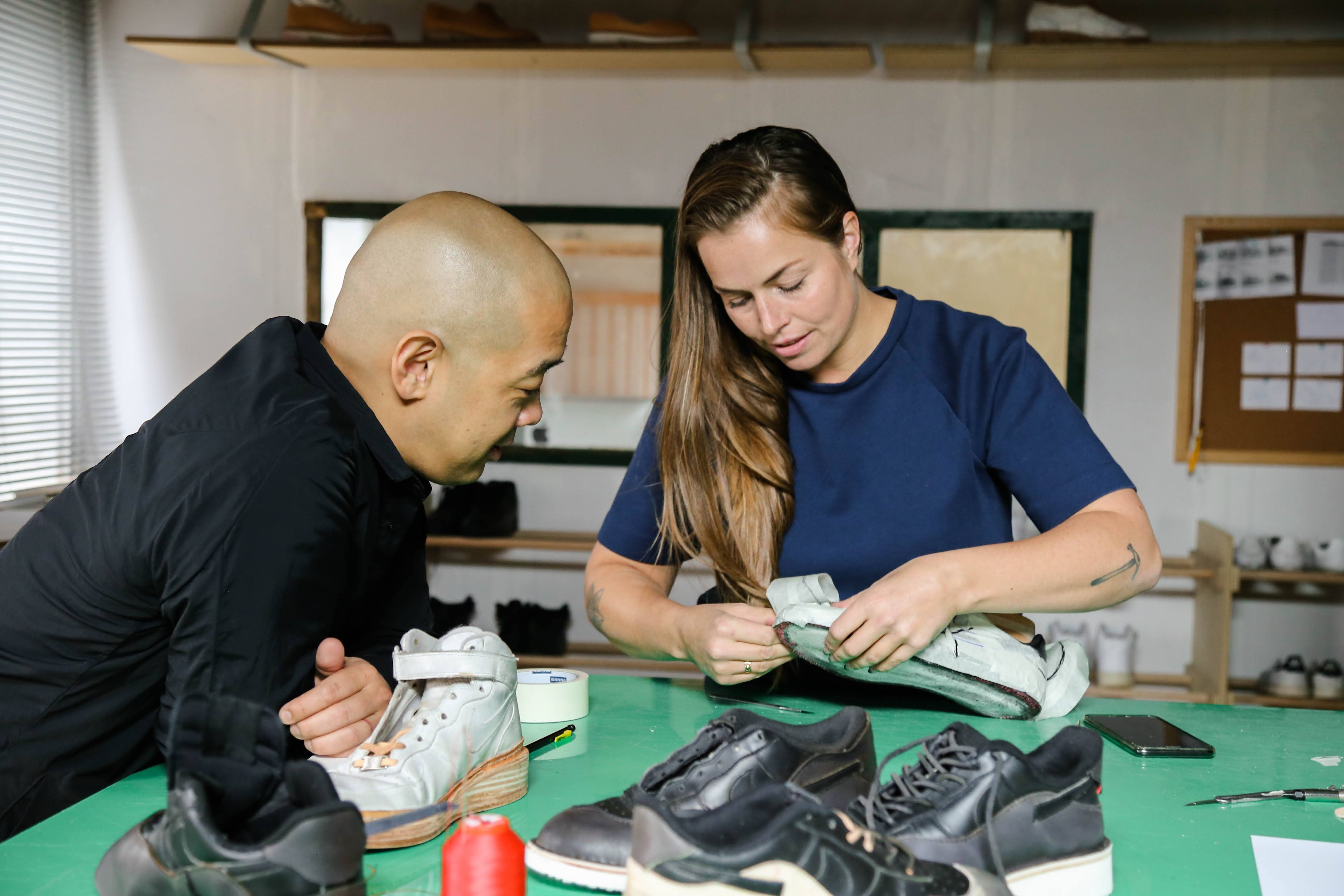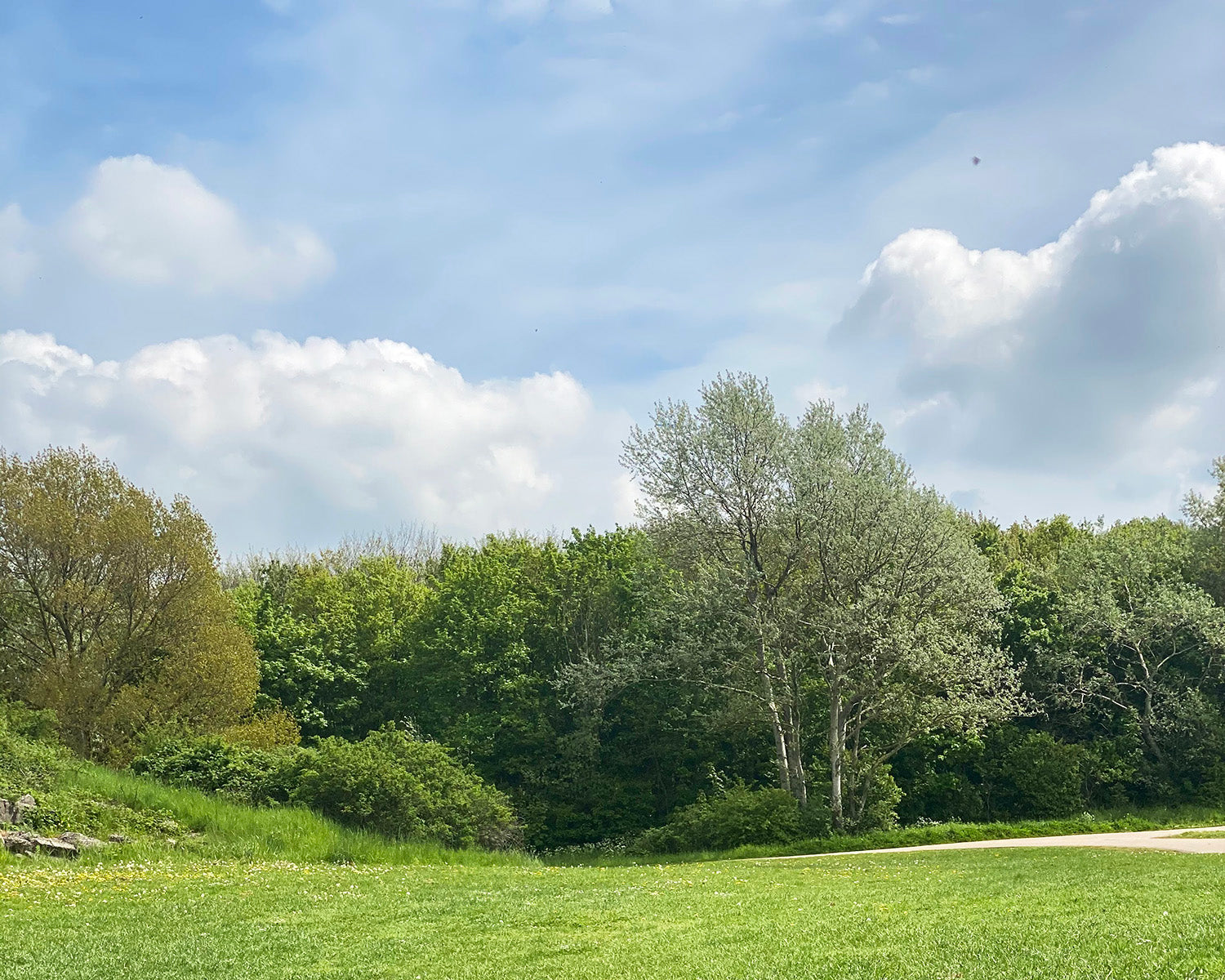By combining creative and innovative design with a deep knowledge of footwear care and repair we aim to create products that are designed with their whole lifecycle in mind.
Design for repair
When we start designing a new pair of shoes we consider their whole lifecycle. Components that wear down first must be designed with durability in mind. By developing new production techniques and combining them with traditional repair techniques, we create repairable products that can be executed by us or a local cobbler. Extending the life cycle of our shoes through repair is an important contribution to keeping more shoes out of landfill.
Our shoes are designed with modularity in mind. They can be easily disassembled and specific parts can be replaced or repaired. By doing so we can extend the life of the shoes and reduce the need for the replacement of the whole shoe.
Whilst designing our shoes we have developed our own repair-friendly construction. The goal of our design is not only to create an aesthetically pleasing shoe, but also a design that facilitates repair. Our insoles and outsoles are replaceable, without compromising the design.
Accountability: Over consumption of repairable footwear is still over consumption. It is more sustainable to buy less shoes, than owning many sustainable shoes. Our shoes have been made to be worn and enjoyed. By doing so this will result in wear and repair. Although it is our goal to procure shoes that can last a lifetime, it is imaginable that people will not always want to wear our shoes. They might not want to go through the steps of care and repair, or the shoes might be beyond repair for whatever reason. As a company we must consider what the end of life of our shoes will look like, and take responsibility for this part of the shoes life cycle.
Reducing waste by nesting pattern pieces
When using virgin materials for our products we consider the waste created by production. By using materials more efficiently, we can contribute to a reduction in overall environmental impact, including energy use and resource consumption.
Reducing waste through nesting pattern pieces involves optimizing the layout of pattern pieces on a material, such as fabric or leather, to minimize unused space and material remnants. We carefully analyze the shape and size of pattern pieces to find the most efficient way to arrange them on the material. Rotate, flip, or mirror pieces to fit them together more closely.
We start thinking about the possibility of nesting pattern pieces at the beginning of the design phase. By doing so we can nest even more efficiently and save more material.
Accountability: We are still developing a system for utilizing material remnants. Small scraps can often be used for accessories, patches, or smaller components in future products.



